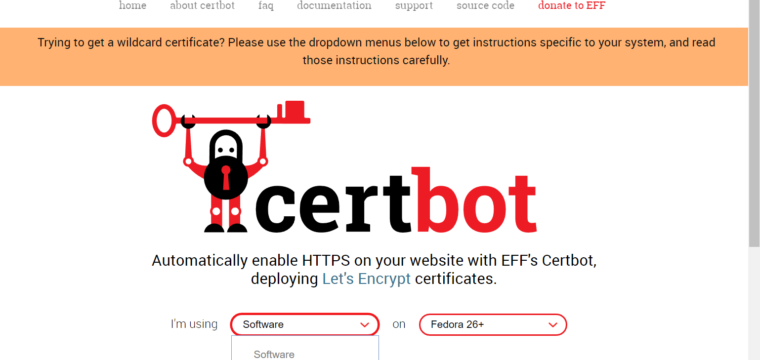[updated 2018-06-12] As browser makers continue their push for HTTPS and mobile applications are becoming the target of MITM (man-in-the-middle) attacks, cloud developers and administrators are scrambling to find affordable SSL certificates that can live up to the demands of the cloud era. Enter Let’s Encrypt, a new Certificate Authority that is open, fully automated, and free to use, with an almost unprecedented, generous allotment of 100 host names per certificate. Let’s Encrypt delivers on the promise of a worry-free, fully encrypted web 3.0. Cloud Insidr lifts the veil off of Let’s Encrypt’s setup, configuration, its few surprises and hidden gems.



